塑料造粒油烟产生的主要来源
- 2024-07-03
- 43
- 常州天之尚环保科技有限公司
塑料造粒过程中油烟的产生主要来源于以下几个方面:
1. 塑料原料的受热分解:在高温加工条件下,塑料大分子链发生断裂和分解,产生小分子的有机化合物,这些物质挥发形成油烟。
2. 塑料中的添加剂挥发:许多塑料中添加了润滑剂、稳定剂、阻燃剂等助剂,在高温时这些添加剂可能会挥发出来,形成油烟的一部分。
3. 塑料的不完全燃烧:如果加热过程中氧气供应不足或燃烧不充分,会导致部分塑料发生碳化和不完全燃烧,从而产生油烟。
4. 塑料颗粒之间的摩擦和挤压:在造粒设备中,塑料颗粒之间相互摩擦和挤压会产生热量,使一些低沸点的成分挥发形成油烟。
5. 原料中的杂质:工业油烟净化设备认为塑料原料中可能存在的杂质,在高温加工时也可能分解或挥发产生油烟。
The generation of oil fume during the plastic granulation process mainly comes from the following aspects:
1. Thermal decomposition of plastic raw materials: Under high-temperature processing conditions, plastic macromolecular chains break and decompose, producing small organic compounds that evaporate and form oil fumes.
2. Additive volatilization in plastics: Many plastics contain additives such as lubricants, stabilizers, flame retardants, etc. These additives may evaporate at high temperatures, forming a part of the oil fume.
3. Incomplete combustion of plastics: If there is insufficient oxygen supply or insufficient combustion during the heating process, it can cause some plastics to carbonize and undergo incomplete combustion, resulting in oil fumes.
4. Friction and compression between plastic particles: In granulation equipment, friction and compression between plastic particles generate heat, causing some low boiling components to evaporate and form oil fumes.
5. Impurities in raw materials: Impurities that may exist in plastic raw materials may also decompose or evaporate during high-temperature processing to produce oil fumes.
- 上一篇:电捕焦油器(油烟净化器、高压静电)工作原理:
- 下一篇:淬火油烟净化设计方案



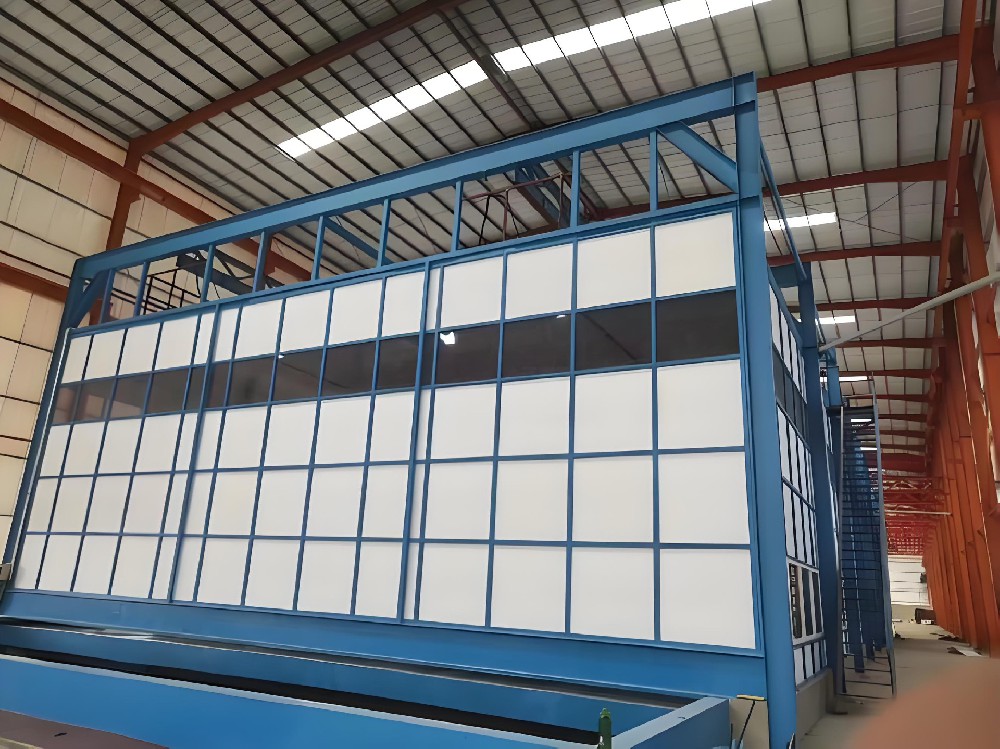
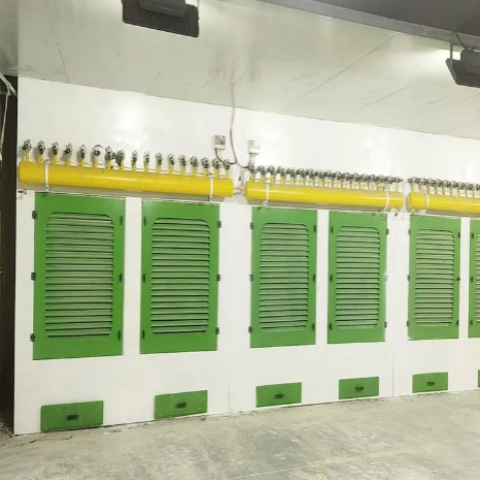
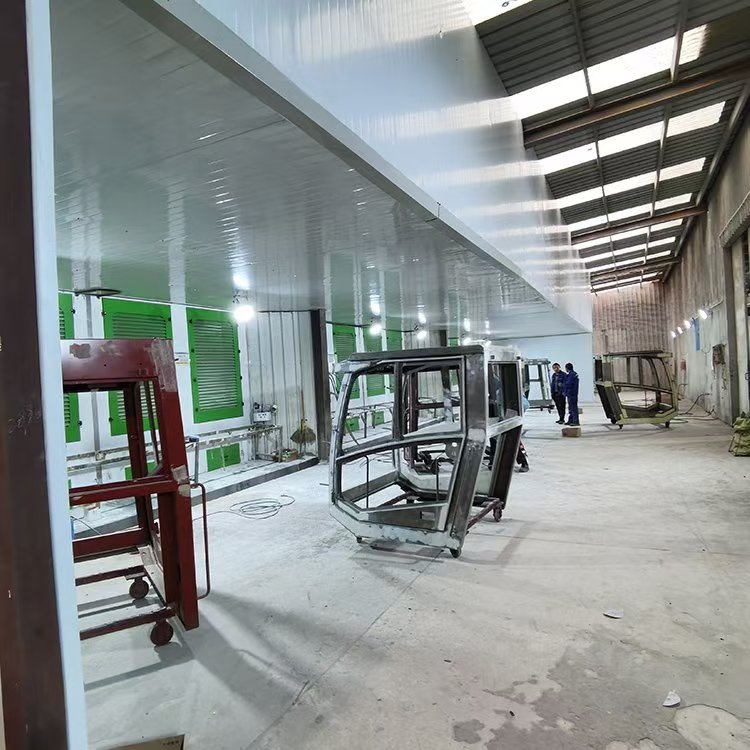
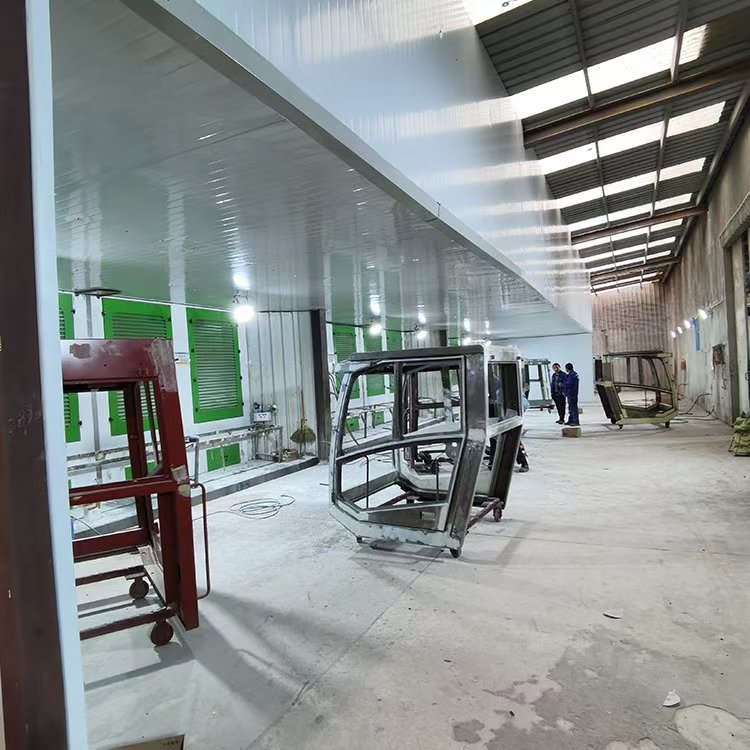
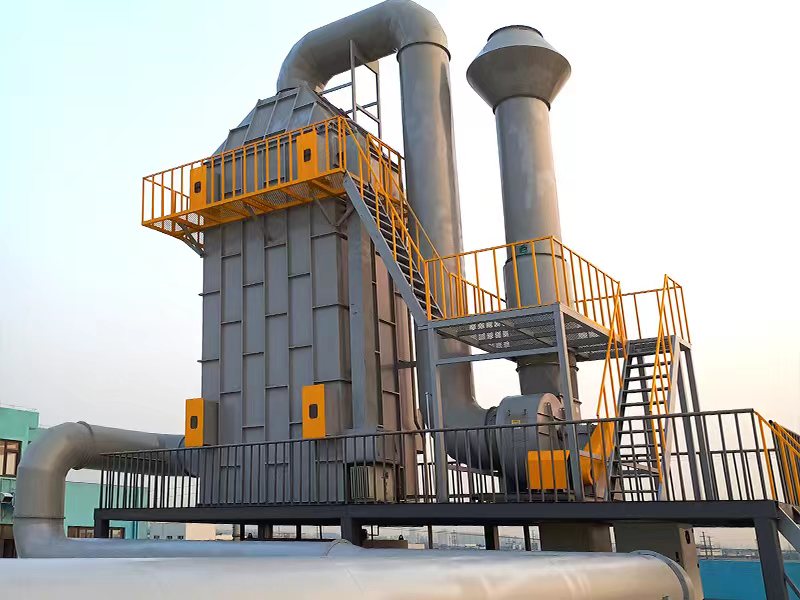
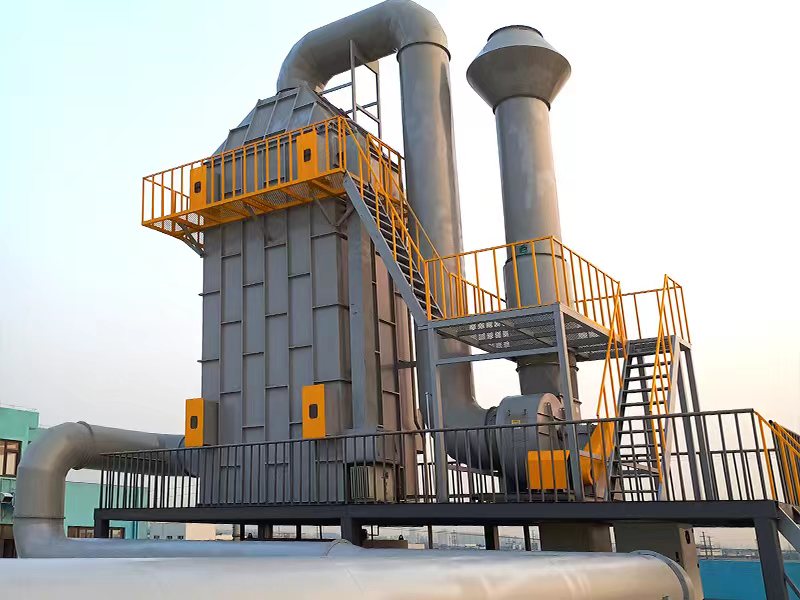
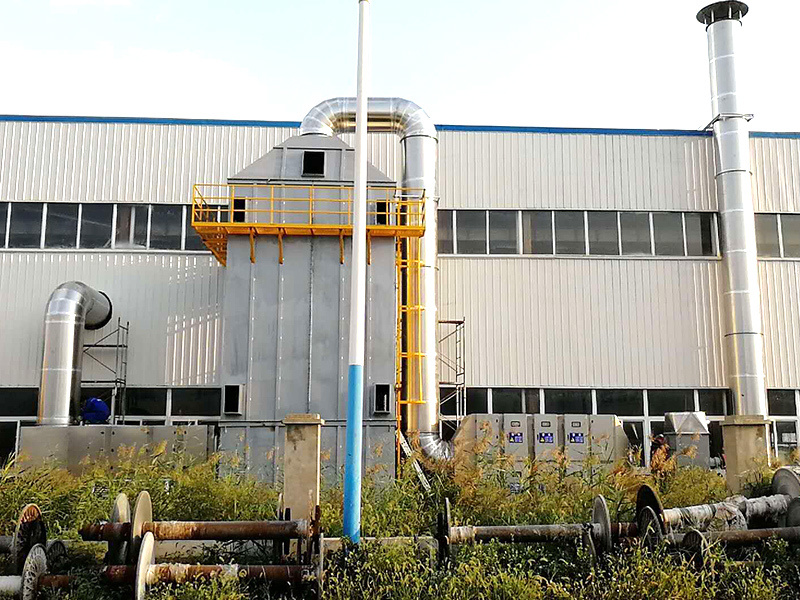
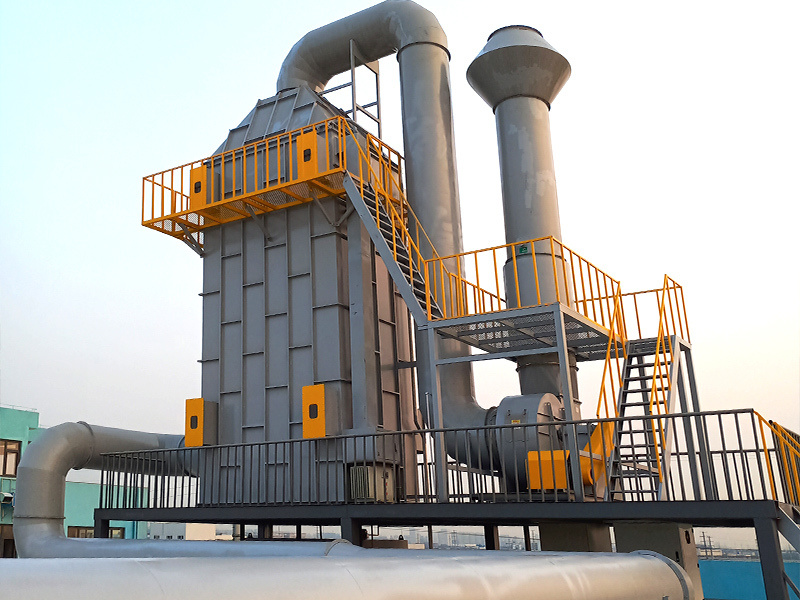
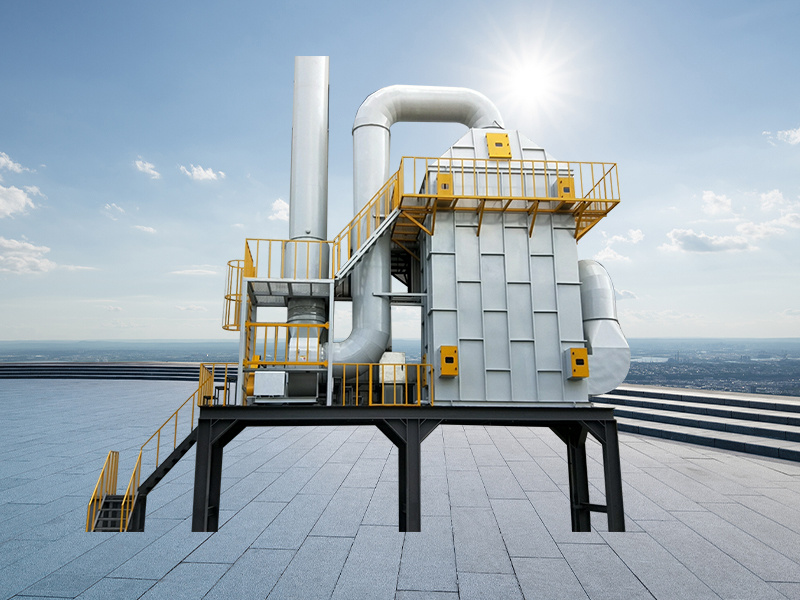
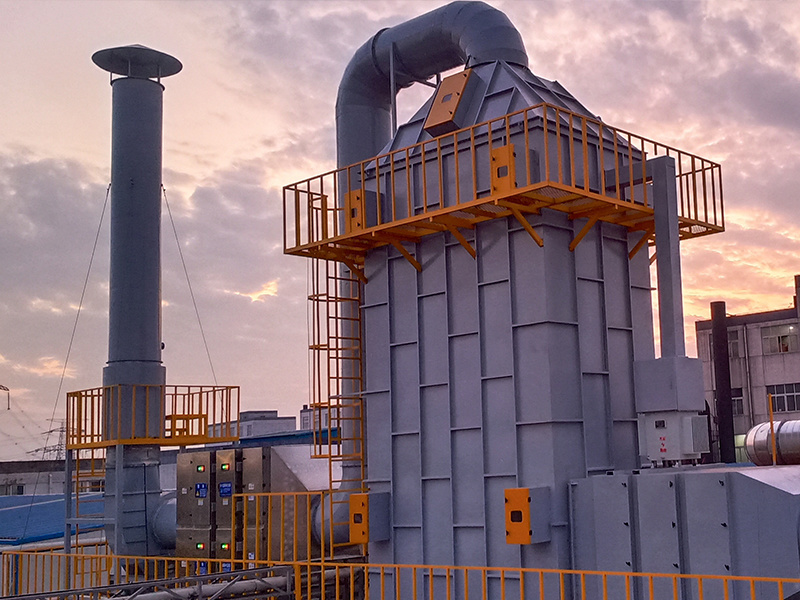

 网站首页
网站首页 产品中心
产品中心 新闻资讯
新闻资讯 一键拨打
一键拨打